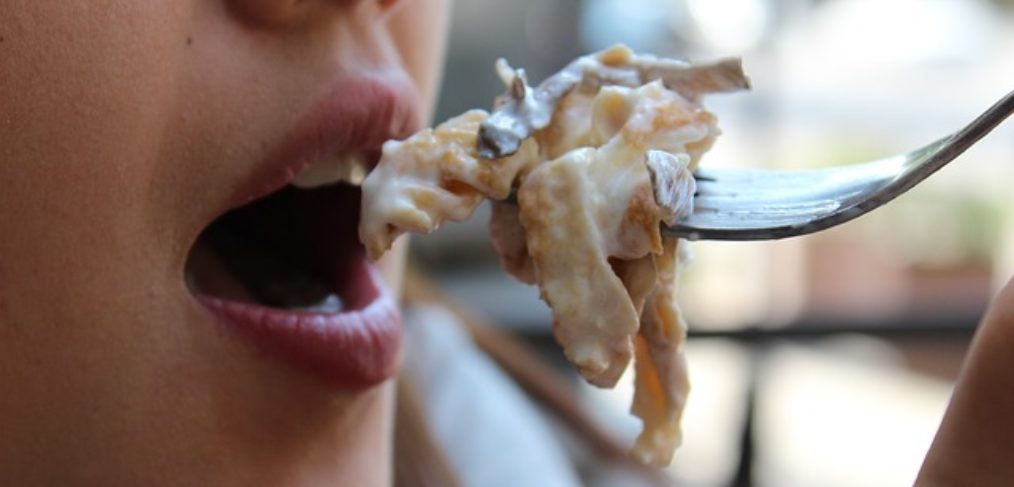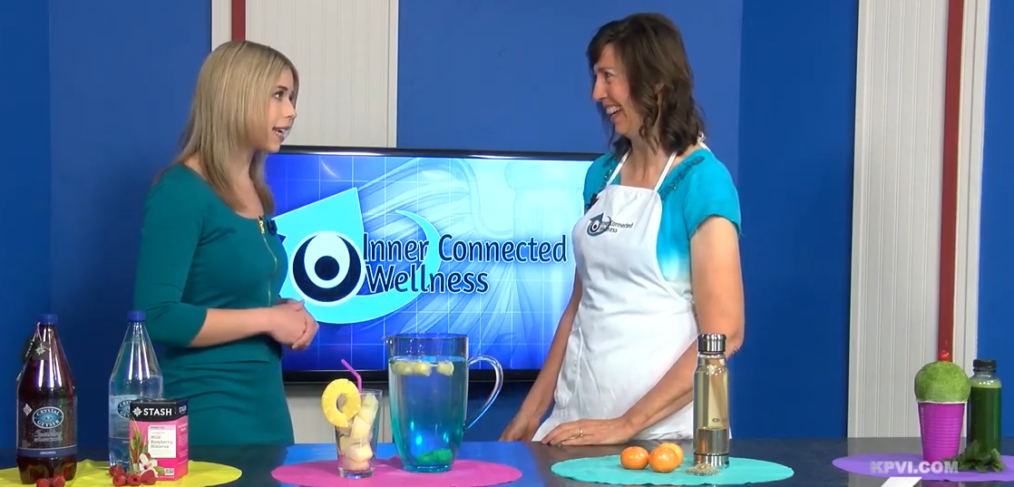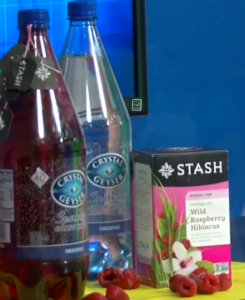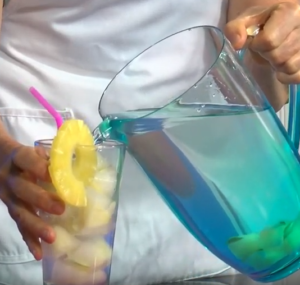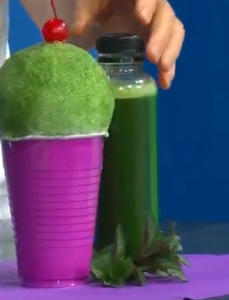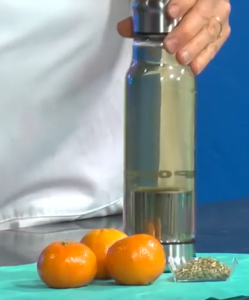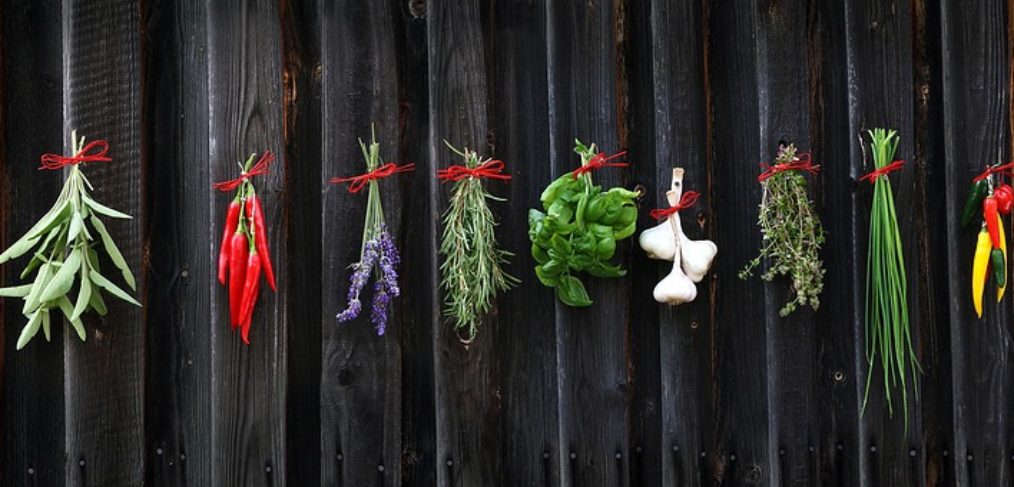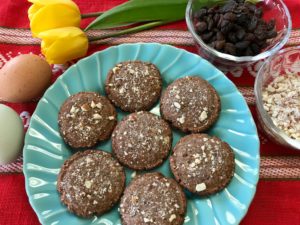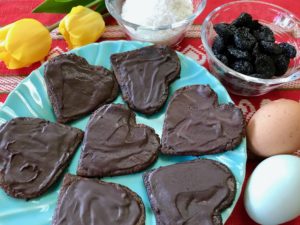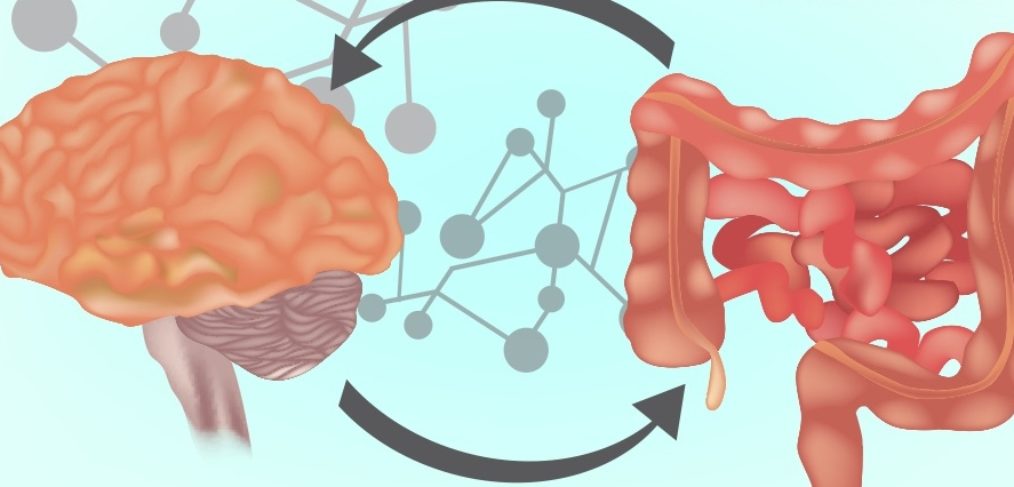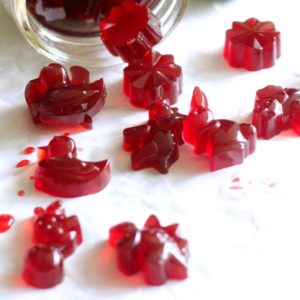Brain fog and fatigue are two tell-tale signs of a sugar-soaked brain. The sweets you eat impact your mental abilities. The story of how food affects cognition starts with a sugar-soaked gut.
A Sugar-Soaked Gut
You have a vast filter inside of you that allows nourishment in and keeps toxins out. It’s called the endothelial lining, or gut membrane. It’s like a wire strainer that separates pulp from orange juice. Figuratively speaking, a coffee filter sits on top of that strainer. That filter is your microbiome – your gut bugs. If that probiotic filter is “torn” or defective, some of the pulp is going to get through.
Sugar damages your microbiome. Your beneficial microbes need whole foods. They digest the insoluble plant fiber from fruits, vegetables, nuts, seeds, grains, and legumes that your body cannot process. In doing so, they create a short-chain fatty acid, called butyrate. This chemical fuels your microbiome and nourishes your colon. But, if you eat too much sugar and processed food, you starve these microbes. Therefore, you compromise your microbial layer.
Sugar has no fiber. So, it feeds other bacterial strains that destroy the harmonious balance of microbes in your gut. These other strains create inflammation. Between the inflammation and the reduced microbial diversity, you threaten your brain.
A Sugar-Soaked Gut Leads to a Sugar-Soaked Brain
Your gut and your brain are connected in several significant ways.
Vagus Nerve
To begin with, Your Vagus or “wandering” nerve joins your brain to all your vital organs. This major nerve links 100 billion neurons in your brain to 500 million neurons in your gut. Unfortunately, stress causes loss of vagal tone. Your body perceives sugar as a stress because is upsets blood sugar balance and creates inflammation. When the Vagus nerve loses tone, your sugar-soaked gut can freeze your brain in a state of “fight-or-flight” where you have a hard time resting, relaxing, and rejuvenating.
Neurotransmitters
Next, Neurotransmitters are chemicals used send messages from neuron to neuron, or from neuron to muscle tissue. Your body makes a large quantity of two notable neurotransmitters – serotonin and GABA – in your gut. In fact, you depend on certain gut microbes to manufacture these neurotransmitters. Serotonin contributes to feelings of happiness. GABA calms feelings of fear and anxiety. So, a sugar-soaked gut impairs your ability to manufacture serotonin and GABA, and therefore worsens conditions such as depression and anxiety.
The Fatty Acid, Butyrate
Additionally, microbe-manufactured butyrate not only strengthens the gut-lining, it is critical for forming the blood-brain barrier, too! Your blood-brain barrier keeps pathogens out of your brain. A sugar-soaked gut means a more permeable gut AND a more permeable brain! Then, toxins (or “pulp”) slipping past the gut lining can get into the brain!
Inflammation
Also, Inflammation occurs when toxins squeeze through the gut lining into the blood stream. Your body has to call in white blood cells to fight these that invaders don’t belong outside of the gut. Inflammation is the mechanism that allows white blood cells into infected tissues. Inflammation from a sugar-soaked gut can ignite in the brain when toxins cross the blood-brain barrier.
Mitochondria
Finally, Mitochondria are the tiny factories in each cell that take the food you eat and the oxygen you breathe and turn it into an energy currency, called ATP. You spend this currency every time you think, breathe, move, eat, feel, and simply live. Inflammation from a sugar-soaked gut damages the DNA of your mitochondria. Damaged mitochondria create more “exhaust” or oxidation than healthy ones. Subsequently, this exhaust damages them even more, initiate a self-sustaining process of destruction. A classic sign of mitochondrial damage is fatigue. Unfortunately, this process of destruction triggers an enzyme pathway that leads to the death of neurons, hurting your brain and your gut simultaneously.
Heal a Sugar-Soaked Gut
Many foods and lifestyle choices benefit your gut and therefore your brain. Here are five of the most important ones.
Omega 3 Fats
The best sources of these fats are oily fish, shell fish and sea vegetables. Studies show that omega 3 fats can increase good bacteria in the gut and can be beneficial to brain health. Additionally, Omega 3 fats are anti-inflammatory, plus they boost enzymes used in the mitochondria to produce ATP. To get adequate amounts of Omega 3’s, you should eat seafood at least 3-4 times per week.
Fermented Foods
These are foods that contain living microbes such as lactic acid bacteria. They include traditionally-cultured sauerkraut or kimchi, pickled beets, gingered carrots, and dilly beans. It turns out that the benefit of these foods is not solely from the probiotics – which actually die as they pass through your gut and out the other end. In reality, great benefit comes from the actual fermentation – the breakdown of the nutrients to create certain end-products. These end-products can be very healing for the gut and appear to bolster your microbiome. Eat a fermented product every day.
High Fiber Foods
Whole grains, nuts, seeds, fruits and vegetables all contain fibers that are good for your gut bacteria, as discussed above. Additionally, high fiber foods can reverse the effects of stress on the gut by restoring the microbial populations. Start with 25 grams per day and work up to 50 or more.
Polyphenols
Polyphenols are plant chemicals that your gut bacteria digest along with plant fibers. Brightly-colored, anti-oxidant foods are rich in polyphenols. Like fiber, polyphenols can increase healthy gut bacteria. Thereby, they reduce oxidative stress. Many fruits, vegetables, nuts, legumes, and spices contain polyphenols. If you’re not having vegetables at every meal, start there, then increase until half your plate is vegetables.
Movement
Individuals with high cardio-respiratory fitness produce more butyrate, signalling that they have a healthier microbiome, according to a study published in Microbiome in 2016 . Additionally, these fit individuals had fewer pathways that were creating inflammatory toxins from harmful bacteria in their guts. If you have a sedentary lifestyle, get up and stretch every half hour. If you can fit in cardio workouts, engage for at least 30 minutes per day.
So, What’s the Bottom Line?
In conclusion, whole foods support a healthy microbiome. But a sugar-soaked gut can lead to brain dysfunction. So, eat your vegetables, get adequate fat and protein, and stay active!

